Compare Flood Insurance Quotes and Save!!! Easy as: 1 - 2 - 3
- Complete the short, flood insurance quote form
- Compare quotes from private flood insurance companies and FEMA
- Choose the best flood insurance policy for you
You Could Save Thousands!!
Home / Condo / Commercial / Tenant / Renter Policies Available
Dont Just Take Our Word For It:
"By comparing different quotes, we were able to save over $1000 per year on our flood insurance!! It was so easy to fill out one short form and get multiple flood insurance quotes to compare - saved us a ton! Thank you."
Jon - Portland, OR
You Need Flood Insurance - Get An Instant Flood Insurance Quote
Flood insurance protects a home from losses caused by floods, such as severe or prolonged rain, coastal storm surges, melting snow, levee dam collapse, clogged storm, or drainage systems. A flood is regarded as a significant catastrophic occurrence in many places, and the loss or damage it produces is not covered unless you have extra insurance, like flood insurance. It is sometimes called surface water insurance.- All types of residential and commercial structures can get flood insurance.
The federal National Flood Insurance Program (NFIP) provides flood insurance to homeowners and tenants in participating areas and those considered to be in NFIP-designated floodplains; the rates are established by the government, even though private insurers sell the policies.
What Does Flood Insurance Cover?
The structure of your home or commercial building and its contents are both covered by a flood insurance policy. The differentiation arises because each type of policy has its thresholds and limits. Beware that flood insurance does not cover the land on which your home is built.
If you buy flood insurance, carefully examine the different categories of your home's belongings. It's critical to understand the estimated worth of each item and how your policy limitations stack up against those figures. Certain categories may have limits that are well below the total worth of the qualifying items you own.
What is covered under Building Property coverage?
- Building with its foundation.
- Plumbing and electrical systems.
- Air conditioning equipment.
- Carpets that are permanently installed.
- Electrical appliances like refrigerators.
- Panels and wallboards that are permanently installed.
- Cabinets and bookcases.
- Window blinds.
- Detached building and garages.
- Garbage & debris removal
What is covered under Personal Property coverage?
- Personal items like clothes, furniture and electronics.
- Curtains and window treatments.
- Carpets that are not covered under building coverage.
- Dryers and clothes washers.
- Food freezers and their contents.
- Original artworks and other valuable items.
- Portables like microwaves, dishwashers, and air conditioners.
What is not covered by Building Property or Personal Property coverage?
- Any damages as a result of mildew, moisture, or mold.
- Money, valuable papers, and valuable metals.
- Assets and items are kept outside of the house.
- Housing expenses like temporary housing.
- Financial losses as a result of business interruption.
- Self-propelled automobiles - like cars.
Get A Flood Insurance Quote
 If you want to get flood insurance you will need to understand whether your property is in a flood prone area through consulting with the government agency or your mortgage lender. If you request a flood insurance quote, we will be able to tell you what flood zone you are in. Getting a mortgage on a flood risk property will still follow the same process, but the mortgage lender will require you to get flood insurance. The Federal Emergency Management Agency (FEMA) analyzes whether your home is at risk of flooding. The organization keeps the nation's Flood Insurance Rate Maps (FIRMs) up to date and divides them into "panels" that can be viewed online.
If you want to get flood insurance you will need to understand whether your property is in a flood prone area through consulting with the government agency or your mortgage lender. If you request a flood insurance quote, we will be able to tell you what flood zone you are in. Getting a mortgage on a flood risk property will still follow the same process, but the mortgage lender will require you to get flood insurance. The Federal Emergency Management Agency (FEMA) analyzes whether your home is at risk of flooding. The organization keeps the nation's Flood Insurance Rate Maps (FIRMs) up to date and divides them into "panels" that can be viewed online.
The Federal Emergency Management Agency (FEMA) collaborates with the National Flood Insurance Program (NFIP) to ensure regular updates of the potential flooding zones in the United States. The zones are updated based on the changing weather patterns. For rating purposes, the zones are divided into sub-sections. The areas recorded as zones B, C, and X have the potential of experiencing moderate to low risk of floods. The term "low risk" refers to the likelihood of annual floods being less than one percent.
High-risk residences are those that are placed in zones marked with an A. They're further broken down with specifications of anticipated floodwater levels and predicted occurrence rates over a 30-year mortgage. The properties assigned a V classification are similar to those in zone A. These are coastal areas with a great danger of flooding.
Some residents may be startled to learn that their home is in Zone D, indicating that the region has yet to be determined. Flood zone maps are updated regularly (for the first time in 23 years in 2008!) to account for shifting weather patterns and man-made alterations to the landscape, such as dams and levees.
What Is the Cost of Flood Insurance?
The National Flood Insurance Program (NFIP) sets the price of flood insurance premiums, and there will be no price differences amongst underwriters. If you reside in a flood zone or a community that participates in the National Flood Insurance Program, the NFIP can assist you in finding an insurance provider. Or you can request a quick flood insurance quote below and we can help get you a quote from NFIP and private flood insurance companies, so you can compare coverage and pricing.
When you go for flood insurance, various factors will be considered when coming up with the cost of your policy. Some of these factors include;
- Location of your house- how close is it to a body of water.
- The structure of your house- the elevation of the house.
- The type of coverage you want- replacement cost value you choose.
- If the area is designated as a flooding zone.
- The age and number of floors in your building
A Preferred Risk Policy (a lower-cost flood insurance policy) provides both building and contents coverage for one low premium for properties in moderate-to-low-risk zones. Certain municipalities that have undertaken flood-prevention measures are also eligible for NFIP discounts. As a result, yearly premiums can fluctuate significantly.
According to NFIP policies, the maximum flood insurance coverage for a residential property is $250,000 when covering the building and $100,000 when covering the contents. The maximum flood insurance coverage for a commercial building is $500,000, and $500,000 for business contents coverage.
You will not be restricted from getting a higher value flood insurance policy of your choice, but the additional coverage will not be subjected to NFIP regulations. A standard flood insurance policy is a one-peril (flood) coverage covering physical damage to your covered house or commercial building up to its replacement value or Actual Cash Value (ACV).
What Are the Benefits of Flood Insurance?
Flood insurance is one of the best strategies that homeowners, business owners, and renters should employ to avoid economic losses associated with floods. Click the button below for an instant flood quote. Irrespective of whether your property is in a high-risk flood zone or low-risk flood zone, you should consider acquiring a standard flood insurance policy, with coverage A, for your home.
Flood insurance allows you to restore flood-damaged buildings without going into your savings, taking out loans, or relying on frequently limited and delayed federal aid. Even if you are unsure, everyone should think of buying flood insurance because most homeowners', commercial and renters' insurance policies do not cover flood damage.
Click the quote button below and speak with our flood insurance specialists who will offer you more information concerning flood insurance and help you compare instant flood insurance quotes.
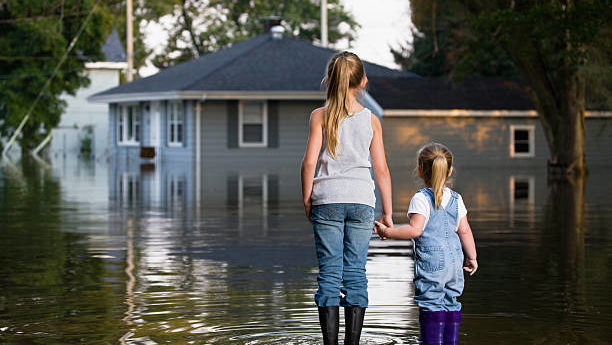
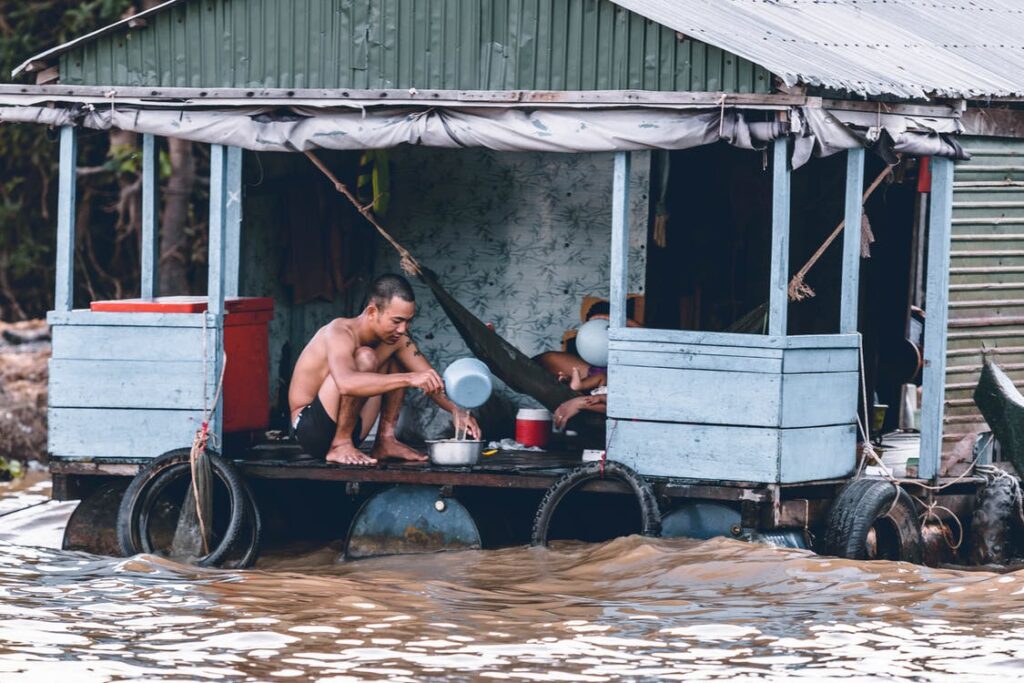
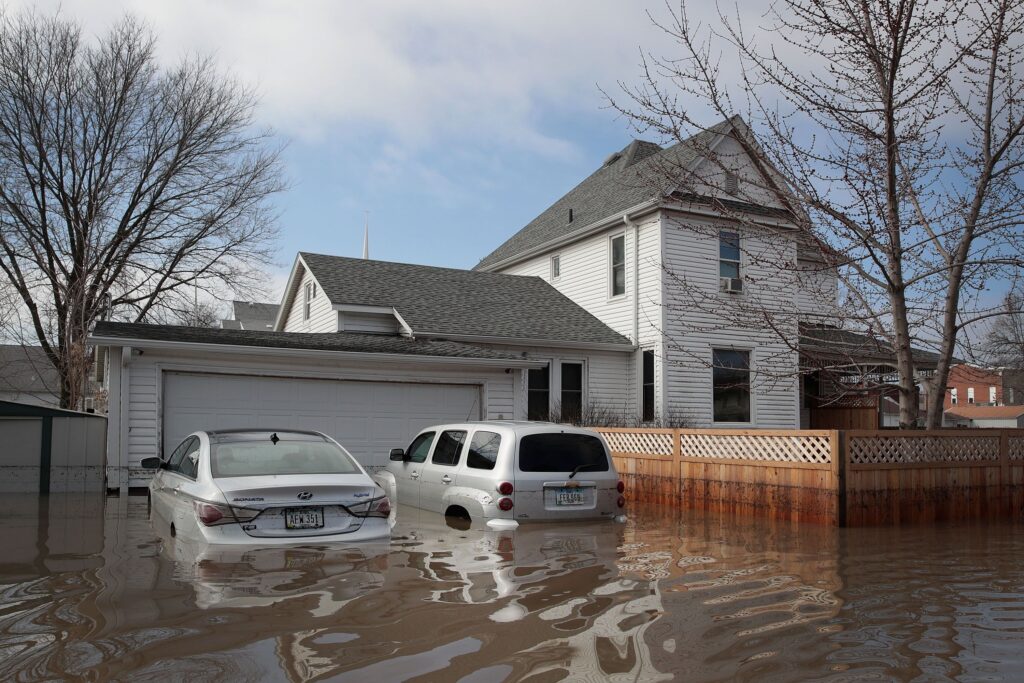
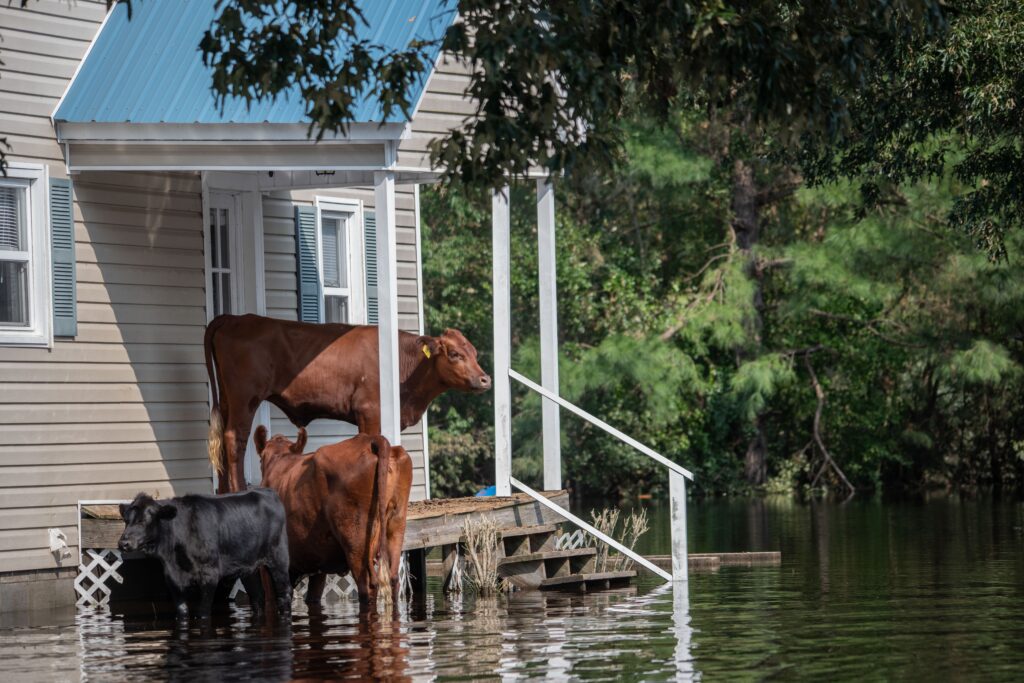
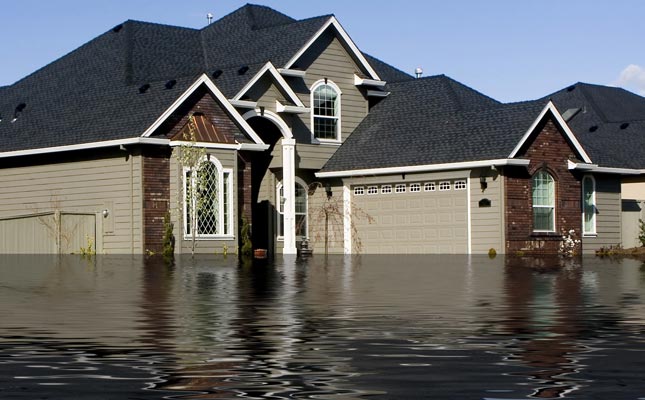
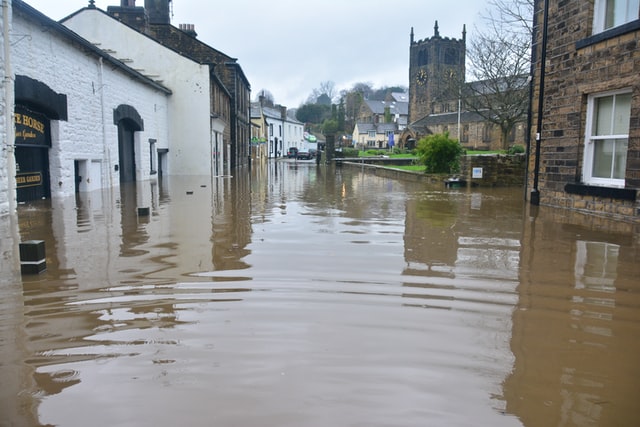
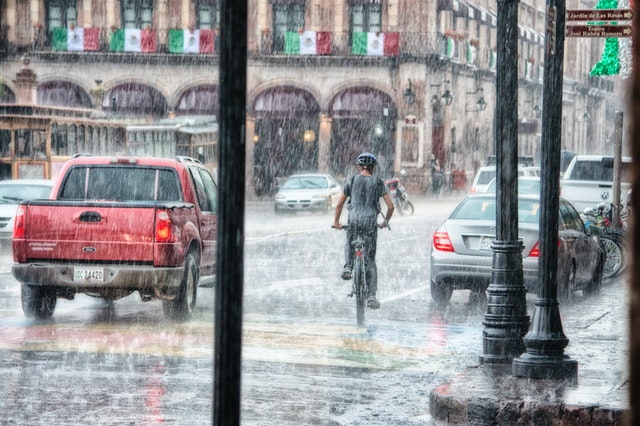
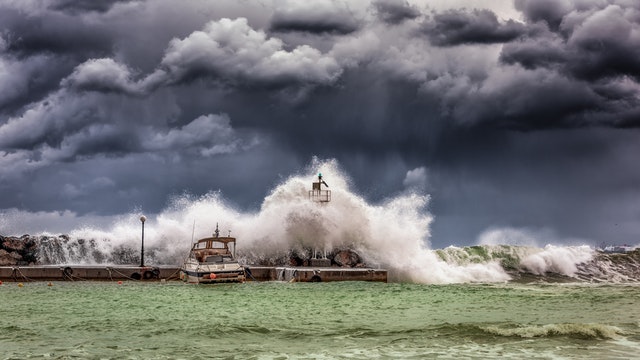
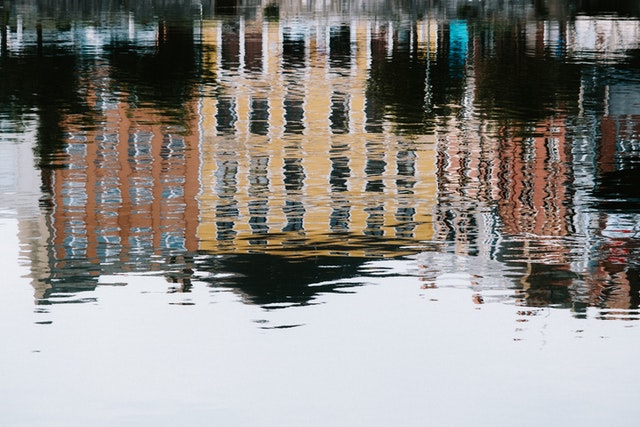
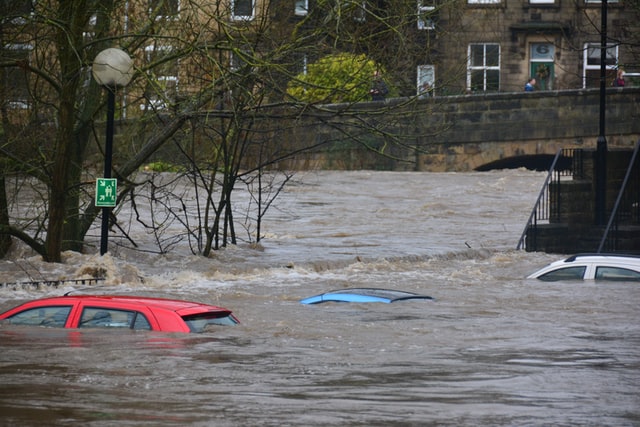
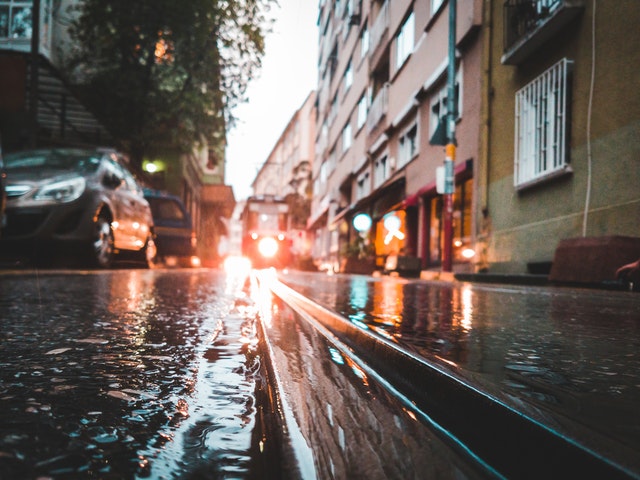

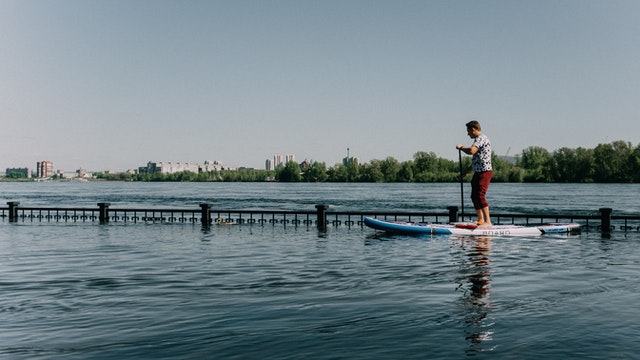


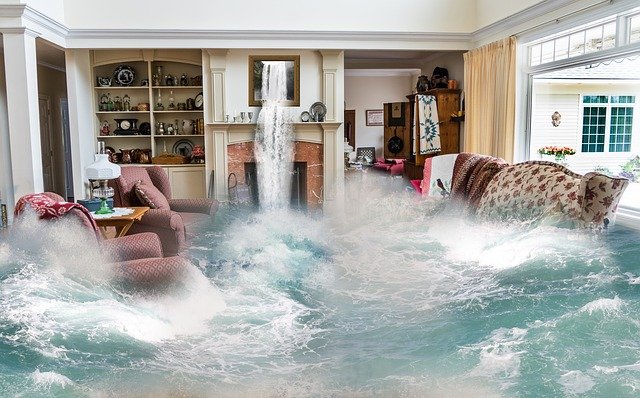
Pingback: Understanding Home Insurance with Flood Coverage